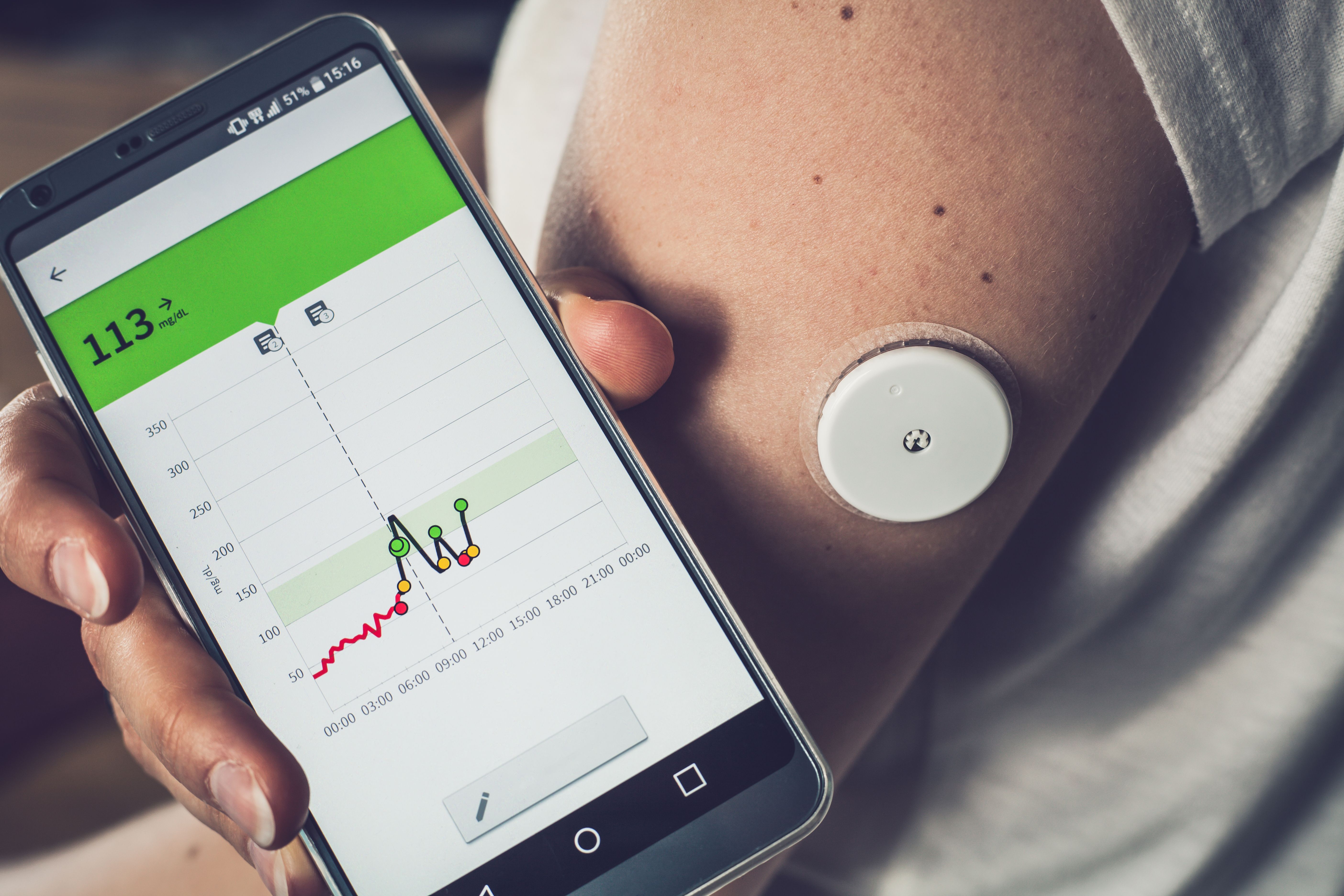- Clinical Technology
- Adult Immunization
- Hepatology
- Pediatric Immunization
- Screening
- Psychiatry
- Allergy
- Women's Health
- Cardiology
- Pediatrics
- Dermatology
- Endocrinology
- Pain Management
- Gastroenterology
- Infectious Disease
- Obesity Medicine
- Rheumatology
- Nephrology
- Neurology
- Pulmonology
Use of CGM during Early Weeks of COVID-19 Found to Improve Time in Range
A new review of >60 000 patients with diabetes found CGM use during the early weeks of the COVID-19 pandemic improved their time in range.
©lukszczepanski/stock.adobe.com

Patients with diabetes who used continuous glucose monitoring (CGM) during the first 8 weeks of the coronavirus disease 2019 (COVID-19) pandemic improved their time in range (TIR), but improvements varied by region and economic status, according to a new review.
Published in the January issue of Diabetes Technology and Therapeutics, the retrospective review analyzed data from 65 067 US-based Dexcom G6 CGM users. All participants started using the CGM on or before January 1, 2020, used the mobile app to view data, had at least 1 sensor glucose value each month during the first half of 2020, and uploaded ≥200 sensor glucose values/day for ≥4 days/week in the pre-pandemic and intra-pandemic time periods.
The pre-pandemic period was defined as the first 8 weeks of 2020 ending on March 1, 2020, and the intra-pandemic period was also 8 weeks ending June 14, 2020.
When comparing TIR pre-pandemic vs intra-pandemic, the study population had a mean increase of 2% (P<.001), and an improved TIR was observed in 59.4% of participants.
The proportion of participants who met a goal of ≥70% TIR increased from 31.7% pre-pandemic to 36.4% during the pandemic (P<.001). Compared with the pre-pandemic period, 32.9% of participants experienced clinically meaningful increases in TIR of at least 5%, whereas 18.6% had a TIR decrease of at least 5%.
TIR improvements were not evenly distributed, however, which highlights the disparities some patients with diabetes may face, said authors.
Participants who lived in a ZIP code with a median yearly household income of ≥$150 000 had a 2.9% TIR improvement, whereas those living in an area with a median household income of ≤$50 000 had a 1.4% TIR improvement.
Regional TIR was categorized by the Centers for Disease Control and Prevention-designated Integrated Food Safety Centers of Excellence regions. Participants living in the 10-state region headquartered in Denver, Colorado had the highest mean TIR values, both before and during the pandemic. The largest TIR improvement was among participants in the 7-state region headquartered in Seattle, Washington, according to the study.
“There could be a variety of factors responsible for these differences. Part of this could be due to inadequate education,” said corresponding author Satish K. Garg, MD, professor of medicine and pediatrics, Barbara Davis Center for Diabetes, University of Colorado Denver, in an interview with Healio. “Part of this could be people have been recently initiated on the CGM or lack of resources.”
The results are further evidence of the value of CGM, especially during a dramatic shift in public health, according to authors.
“In this way, CGM systems could join other wearable devices used to predict and monitor disease outbreaks or monitor risk factors for the development of diabetes,” concluded authors. “CGM systems will continue to provide actionable insights for individuals with diabetes and may also inform discussions of economic and regional health disparities.”
